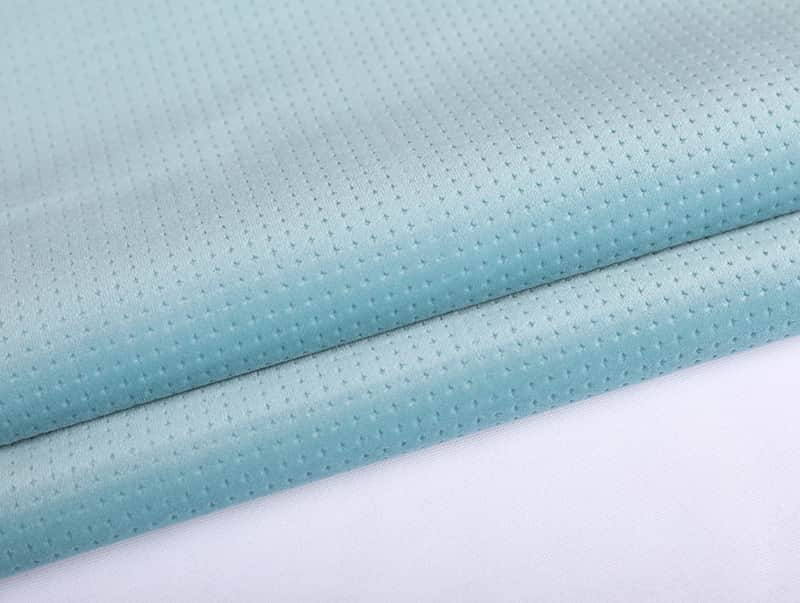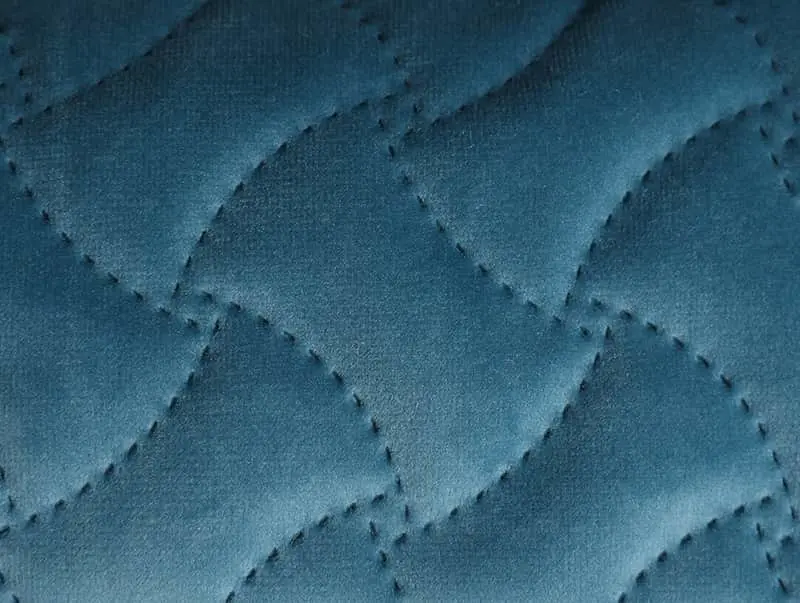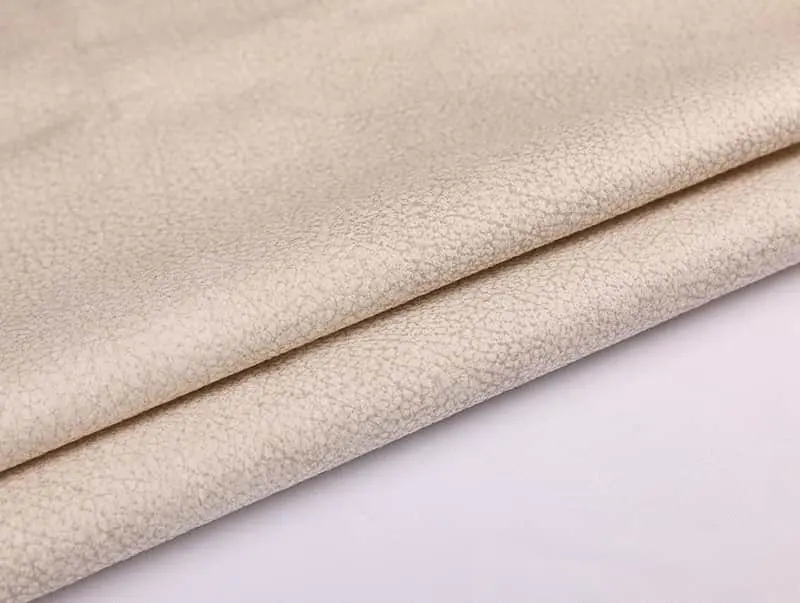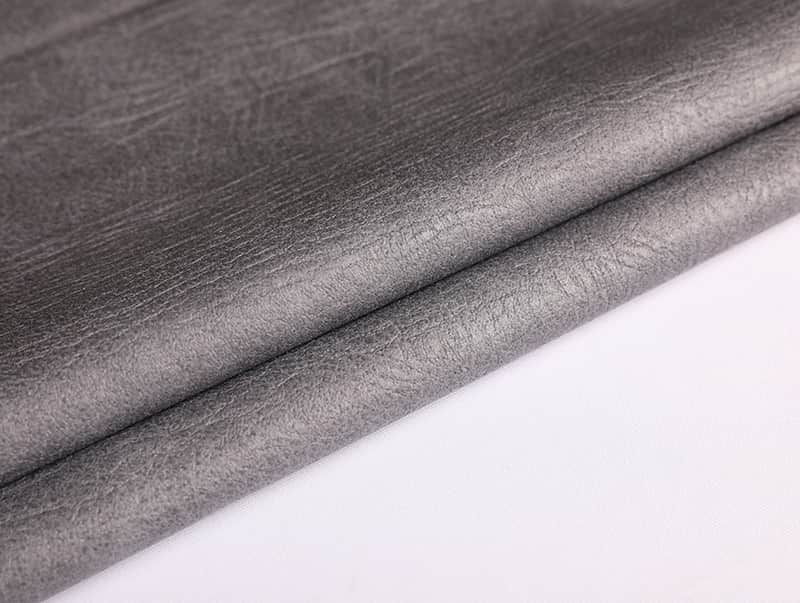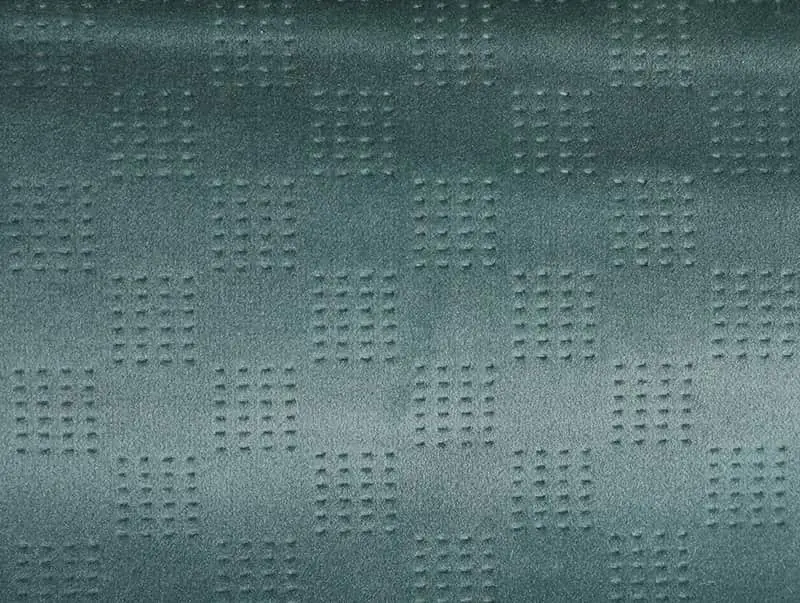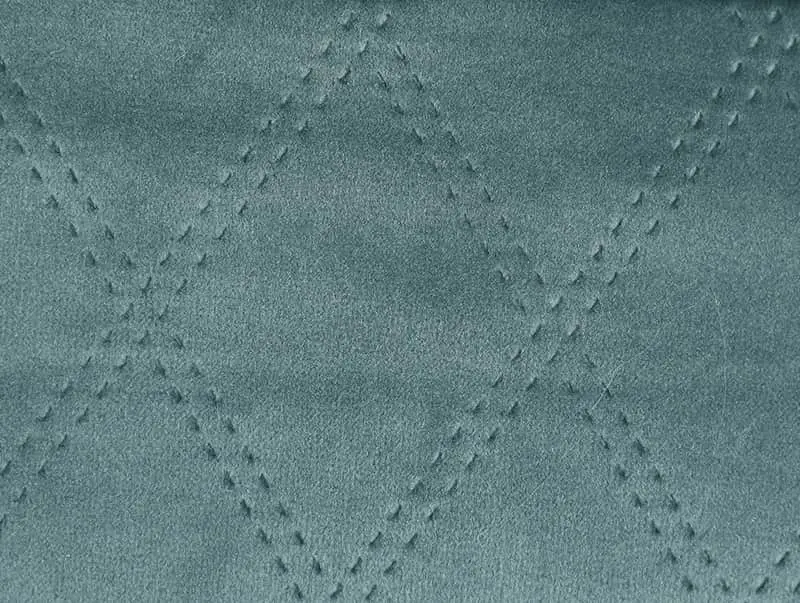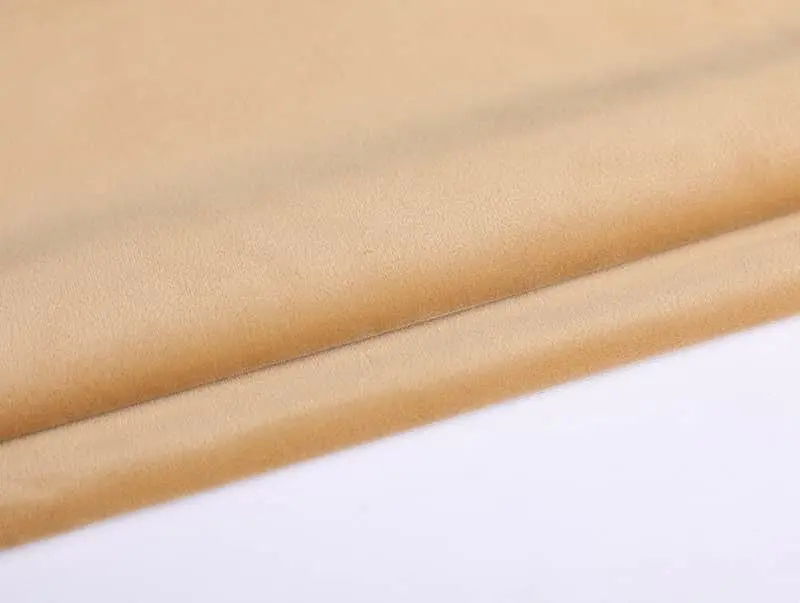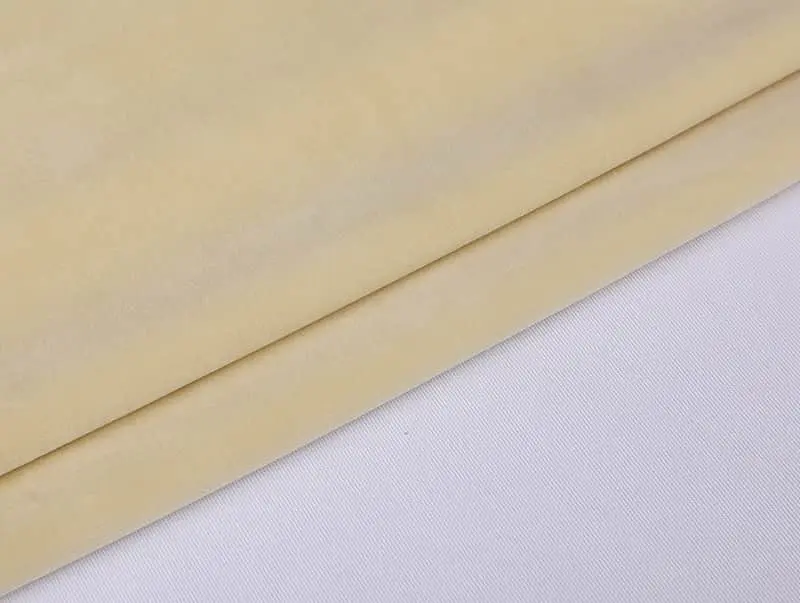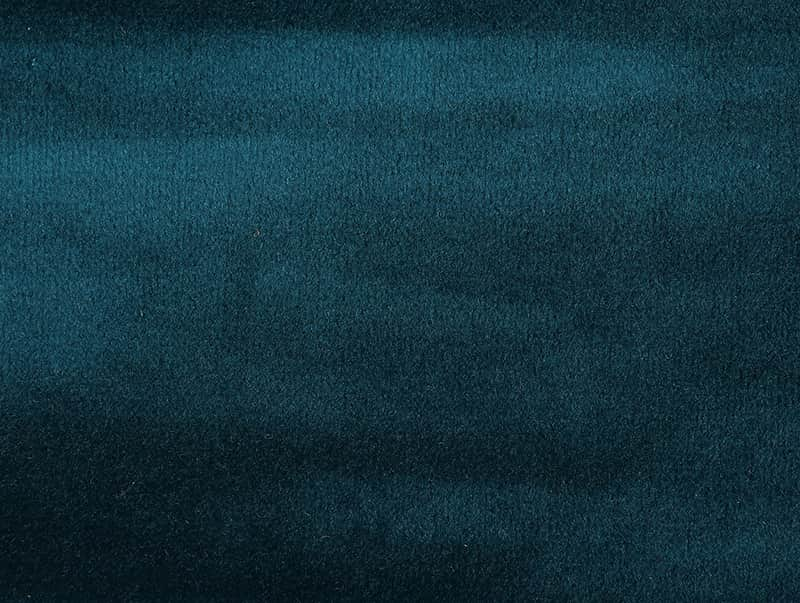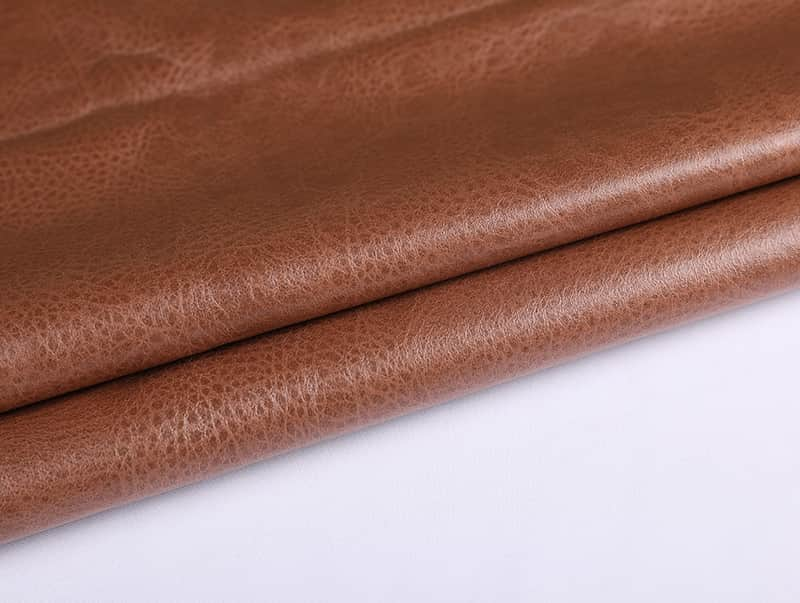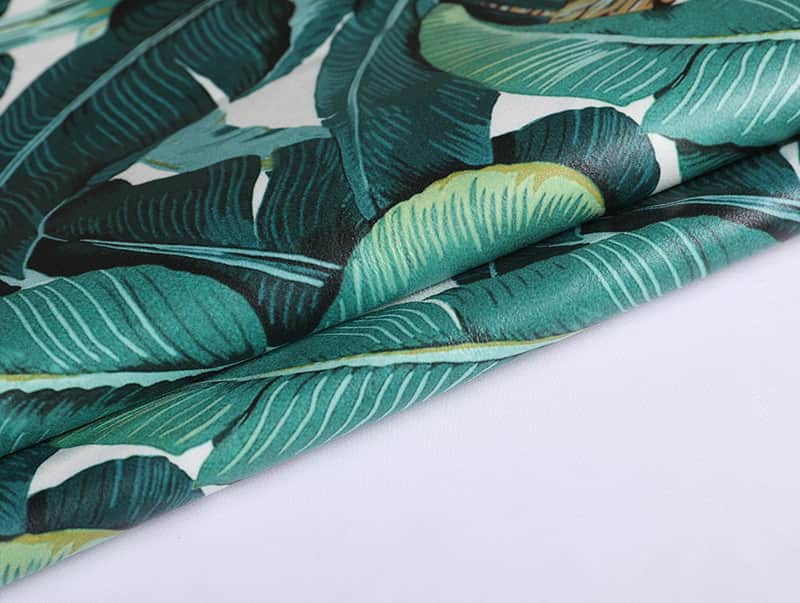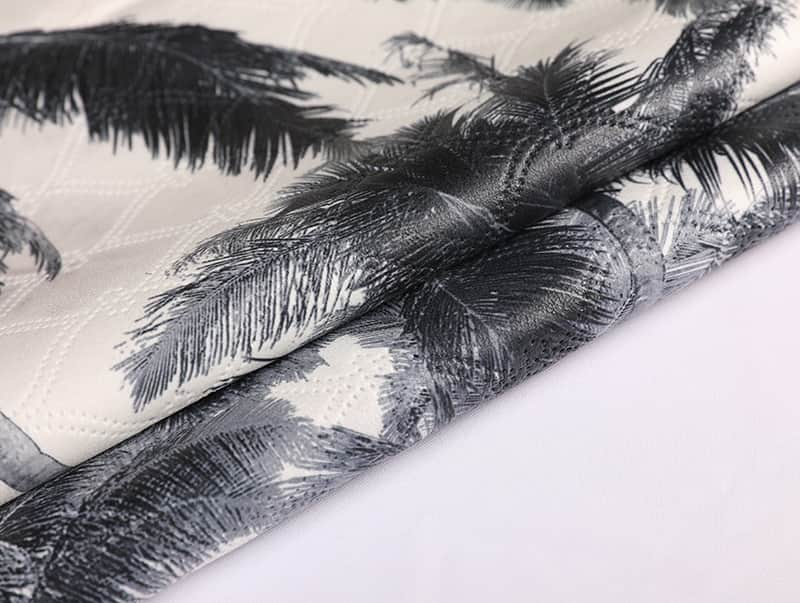Velvet is a luxurious and versatile fabric that has long been associated with elegance and sophistication. Whether you’re a fashion designer, a DIY enthusiast, or someone who simply loves quality fabrics, velvet fabric by the yard offers endless possibilities for your creative projects. In this guide, we’ll explore what velvet fabric is, how to choose the right type, and how to use it in various applications, from clothing to home decor.
1. What Is Velvet Fabric?
Velvet is a type of woven fabric known for its soft, plush texture. It is created by weaving two layers of fabric together and cutting the fibers to create a dense, even pile that gives it a distinctive look and feel. The luxurious texture and the way velvet reflects light makes it a popular choice for high-end fashion, interior design, and special occasions.
Velvet can be made from various fibers, including silk, cotton, polyester, and nylon. The type of fiber used affects the fabric’s texture, sheen, durability, and price. Traditional velvet made from silk is considered the most luxurious, but synthetic velvet options made from polyester or nylon are more affordable and offer easier maintenance.
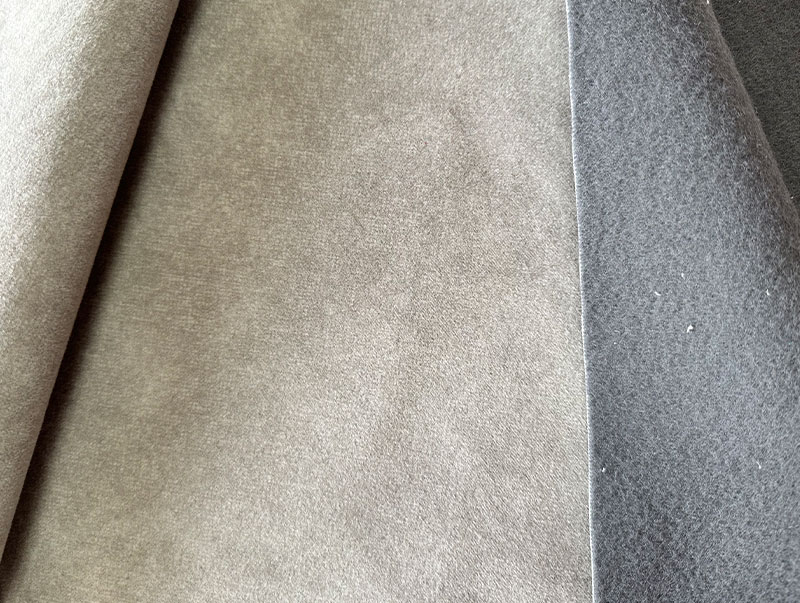
2. Types of Velvet Fabric
When buying velvet fabric by the yard, it’s important to understand the different types of velvet available. Each type has its own unique qualities and is suited to different projects. Here are some of the most common types of velvet fabric:
a. Crushed Velvet
Crushed velvet is created by applying pressure to the fabric while it’s still wet, resulting in a wrinkled, textured appearance. The crushed texture gives the fabric a more dynamic look, with light reflecting off the surface in different ways. Crushed velvet is popular in evening wear, theater costumes, and bold fashion statements.
b. Velveteen
Velveteen is a type of cotton velvet that is less plush than traditional velvet. It is made from cotton fibers, which makes it more affordable than silk velvet. While it lacks the depth of color and shine of traditional velvet, it still offers a soft feel and is a great option for casual wear, home decor, and upholstery.
c. Stretch Velvet
Stretch velvet contains spandex or elastane, which gives it a stretchable quality. This makes it more comfortable and easier to work with when making form-fitting garments. Stretch velvet is popular in fashion, especially for dresses, leggings, and activewear.
d. Silk Velvet
Silk velvet is made from natural silk fibers, giving it a soft, smooth feel and a rich sheen. It’s one of the most luxurious types of velvet and is often used for high-end clothing, evening wear, and special occasion garments. Silk velvet can be delicate and requires special care, such as dry cleaning.
e. Polyester Velvet
Polyester velvet is a synthetic version of velvet made from polyester fibers. It is more durable, affordable, and easier to care for compared to silk velvet. Polyester velvet can mimic the appearance of more expensive velvets and is often used in upholstery, home decor, and fashion.
3. How to Choose Velvet Fabric by the Yard
When purchasing velvet fabric by the yard, it’s essential to consider several factors to ensure you get the right fabric for your project:
a. Purpose
The first step is to determine the purpose of the fabric. Are you making a dress for a special occasion? Upholstering a chair? Creating a statement pillow? Different types of velvet are better suited for different applications. For clothing, consider stretch velvet for its comfort and flexibility, while silk velvet is ideal for elegant gowns or evening wear.
b. Color
Velvet is known for its deep, rich colors that often appear to change depending on the angle from which they are viewed. When choosing a color, consider the lighting in the room or the environment where the fabric will be used. Darker shades, like burgundy or navy, work well for sophisticated home decor, while brighter hues, like royal blue or emerald green, can add vibrancy to fashion pieces.
c. Fabric Weight
Velvet fabric comes in various weights, from lightweight options for clothing to heavier versions for upholstery. Lighter velvet is great for draping and fashion, while heavier velvet provides durability and structure for furniture covers and curtains.
d. Fiber Content
The type of fiber used affects both the texture and durability of the fabric. Silk velvet is incredibly luxurious but can be delicate. Polyester velvet is more durable and easy to maintain, but it may not have the same depth of texture as natural fibers. Cotton velvet is a good middle-ground option for both affordability and quality.
e. Texture and Feel
The texture of the velvet will vary based on how it’s made. If you prefer a smooth, shiny finish, opt for silk or polyester velvet. If you like a more matte, textured look, crushed velvet or velveteen might be more suitable. Always feel the fabric before buying to ensure it’s the right texture for your project.
4. How to Use Velvet Fabric by the Yard
Velvet is a versatile fabric that can be used in a wide range of applications. Here are some ideas for incorporating velvet into your projects:
a. Fashion and Clothing
Velvet is a popular choice for dresses, jackets, skirts, and blouses. Its rich texture and sheen make it an ideal fabric for formal wear and evening attire. You can also use velvet for accessories like scarves, bags, and headbands. When working with velvet fabric by the yard for clothing, make sure to use a sewing machine with a walking foot to prevent the fabric from shifting as you sew.
b. Home Decor
Velvet adds a touch of luxury to any home decor project. Use velvet fabric by the yard for curtains, throw pillows, bedding, and upholstery. Its soft texture and deep color can elevate the style of your living room, bedroom, or dining area. Velvet works especially well for creating a cozy, opulent atmosphere in colder months.
c. Upholstery
Velvet is often used in furniture upholstery, particularly for chairs, sofas, and ottomans. Its durability and luxurious feel make it a popular choice for statement furniture pieces. When upholstering furniture with velvet, be mindful of the fabric’s nap (the direction in which the fibers are raised), as this can affect the finished look.
d. Crafts and DIY Projects
If you’re into DIY, velvet fabric by the yard is perfect for creating custom accessories, like headbands, bags, or even home decorations. You can also use velvet for scrapbooking, fabric flowers, or adding a touch of luxury to gift wraps and greeting cards.
5. Caring for Velvet Fabric
Velvet fabric requires special care to maintain its beauty and texture. Here are some tips:
- Avoid direct heat: Velvet can be damaged by direct heat, so avoid ironing it with a hot iron. Use a steam iron on the reverse side of the fabric or simply steam it.
- Dry clean if necessary: Silk velvet and some other types of velvet may need to be dry cleaned. Check the care instructions on the fabric before washing.
- Store properly: Velvet should be stored in a cool, dry place away from direct sunlight to prevent fading. Store it on a hanger or in a fabric bag to avoid crushing the pile.
6. Conclusion
Velvet fabric by the yard is an exquisite material that can be used for a wide range of projects, from high-end fashion to luxurious home decor. With its rich texture, vibrant colors, and timeless elegance, velvet can elevate any creation. By understanding the different types of velvet and how to choose the right fabric for your project, you can make the most of this stunning material and create something truly special. Whether you’re making clothing, decorating your home, or working on a craft, velvet is sure to add a touch of sophistication and luxury to your work.
